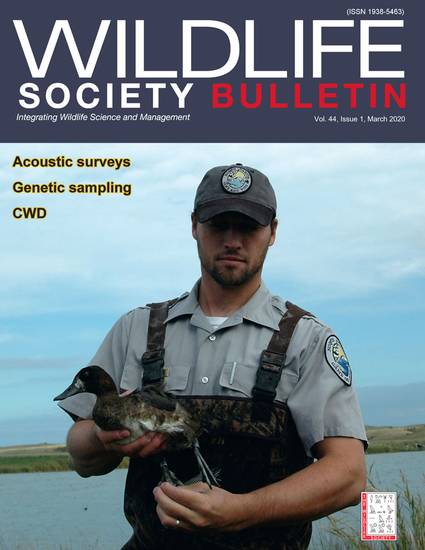
Article
Efficacy of Remote Sensing in Quantifying Natural Water Sources in the Grand Staircase-Escalante National Monument
Wildlife Society Bulletin
(2006)
Abstract
The Grand Staircase-Escalante National Monument (GSENM) was established by Presidential Proclamation in 1996. The GSENM management plan identified determining the status of natural water sources and their ability to support wildlife species as a priority. The arid, rugged terrain of the GSENM limited the utility of conducting ground surveys to accomplish this task. Given the technological advancements in remote sensing (RS), monument managers were interested in learning if this new technology could be used to quantify natural water sources. We conducted this study to determine if satellite imagery and predictive Geographic Information Systems (GIS) models could accomplish this task. To conduct this research, we established training sites at known GSENM natural water sources. We used these training sites to identify areas on satellite imagery that exhibited similar spectral characteristics. These sites were subsequently ground-truthed. We found water sources at only 3 of 36 sites predicted (8% efficiency). Limitations of the RS/GIS techniques employed in this study included imagery resolution, water-source size, and geographic shadowing.
Disciplines
Publication Date
2006
DOI
https://doi.org/10.2193/0091-7648(2006)34[637:TEORSI]2.0.CO;2
Citation Information
Terry A. Messmer. "Efficacy of Remote Sensing in Quantifying Natural Water Sources in the Grand Staircase-Escalante National Monument" Wildlife Society Bulletin Vol. 34 Iss. 3 (2006) p. 637 - 641 Available at: http://works.bepress.com/terry-messmer/241/
